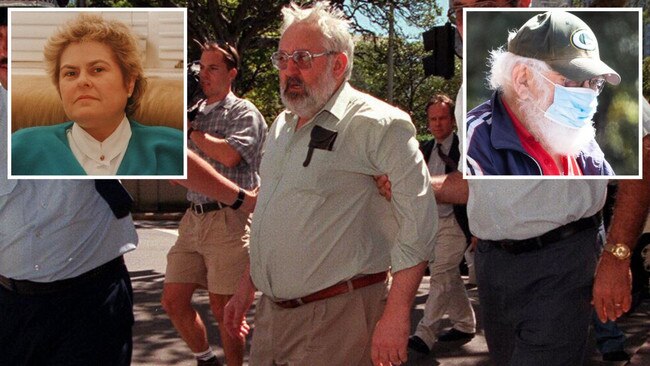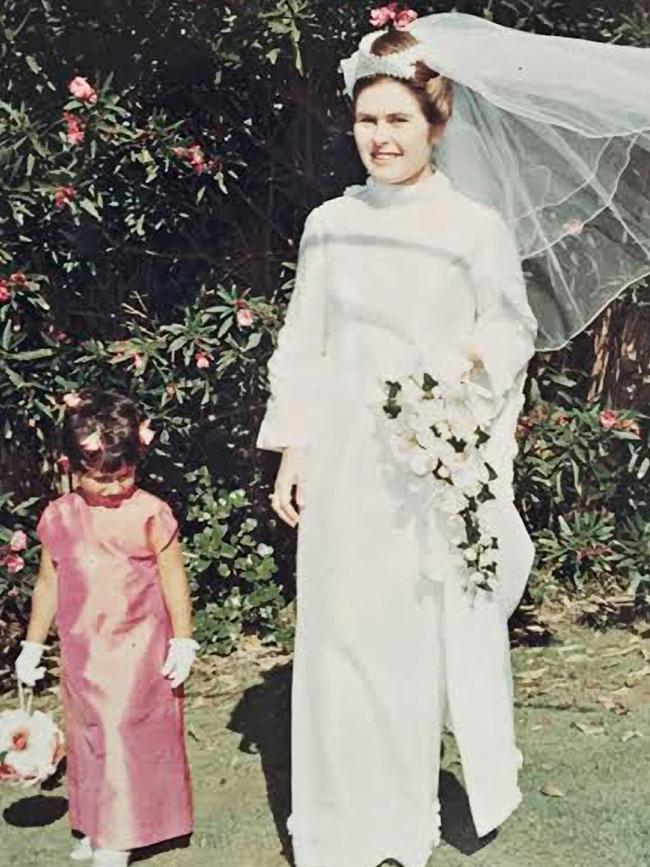Blue Mountains man Aaron Govendir charged with murder of his wife Denise in 1998
Aaron Govendir has remained the only person of interest in the 1998 murder of his wife, Denise. While the case has lain dormant, detectives have worked quietly to end more than two decades of uncertainty for her family and friends.

For more than 25 years, Aaron Govendir has remained the only person of interest in the murder of his wife, Denise, her body found bloodied and beaten inside their Dover Heights home on the morning of March 10, 1998.
But while the case might have lain dormant for decades, a small team of detectives have quietly worked for nearly three years to ratchet up pressure on their one and only suspect.
In November, without fanfare, they turned up at his home on Sydney’s outskirts and tossed the premises and seized personal items. He was subject to repeated rounds of questioning on what happened to Denise the night she was murdered.
Partly a psychological strategy, these techniques were designed, said Homicide Squad commander Danny Doherty, to strengthen a brief of evidence built by a previous generation of police, during the late 1990s, but which required small enhancements to gradually bring this matter to trial.
On Thursday, Mr Govendir was summoned to Springwood Police Station and taken into custody, charged with murder, before a court appearance on Friday, ending more than two decades of uncertainty for her family and friends.

“It’s been a terrible 26 years for the family living with the uncertainty and lack of closure,” Denise’s cousin, Michael Freedman, said. “Any steps towards justice are very much welcome. We look forward to the evidence being presented in court.”
No one piece of evidence appears to have cracked the case, said Superintendent Doherty, who described an investigative team who dived “deeply into (Mr Govendir’s) personality” and obtained fresh statements from witnesses, all of it in the service of bolstering a case that was sturdy enough but which acting state coroner Jacqueline Milledge, in 2008, concluded was not fit to take to trial.
The case went cold until 2019, when police agreed to an independent review of the matter in light of a News Corp podcast investigation of the case and a series of reports published in The Sunday Telegraph.
Newly assigned detectives picked up the strands in 2021 and, last year, a $1m reward was offered for further assistance.

Mr Govendir’s story was always regarded with suspicion by investigating police. In initial interviews he said intruders had knocked at the door of his home, claimed to be police, struck him on the head and murdered his wife as he lay unconscious. When he woke, his thumbs and great toes were bound with cable ties.
“What we’ll allege in the facts is that there was no break-in, there was no bogus police officer,” Superintendent Doherty said on Thursday.
An inquest held between 2005 and 2008 cast the first glints of doubt on this story for Mr Govendir’s family and friends. They learned that while the house had supposedly been robbed, nothing of value was stolen. The injuries to Mr Govendir’s scalp – two scratches – were inconsistent with a blow that would render a person unconscious. And the cable ties were sold by only one hardware chain in the country, which had a franchise a suburb away from the murder scene, and where Mr Govendir had been spotted one week prior – inspecting a packet of cable ties (he denied ever buying them).

Even more puzzling for detectives was that Denise, a 53-year-old charity worker, would die so violently while her husband was spared. A loving mother of two children, she was widely adored by colleagues and not known to have an enemy in the world. At the time of her death, however, she had been consulting a divorce lawyer and was eager to move out of the family home.
Mark Murdoch, the lead detective assigned to the investigation in 1998, handed a 52-page submission to the coroner outlining an exhaustive list of inquiries completed by his team. Meticulous in its detail, restrained in its findings, the document probed the possibility that Mr Govendir may have killed his wife but withheld any outright conclusions.
Until the last paragraph.
“Finally,” Mr Murdoch wrote, “it is worth noting that at the time of writing, Aaron Govendir still lives in the house where his wife of 30 years died a brutal death, and still drives the motor vehicle in which it is alleged his wife’s killer, or killers, made good their escape.”
Superintendent Doherty said Mr Murdoch, now retired, was interviewed with other former officers during the refreshed inquiry, but that new evidence was ultimately intended to help officers “track his (Mr Govendir’s) mindset prior to the murder and around the same time”.
“It really did form a final picture that he was the one (allegedly) responsible. This person was always in the frame, and it was just about getting more evidence.”



